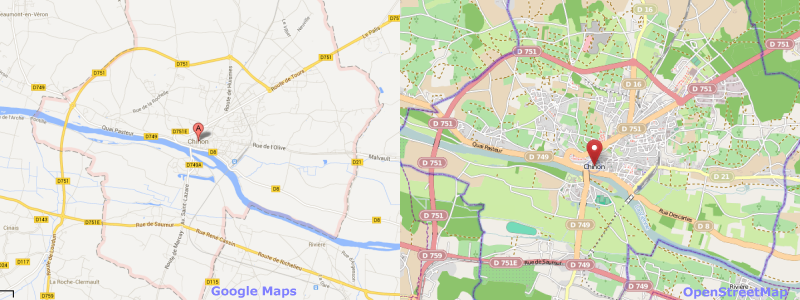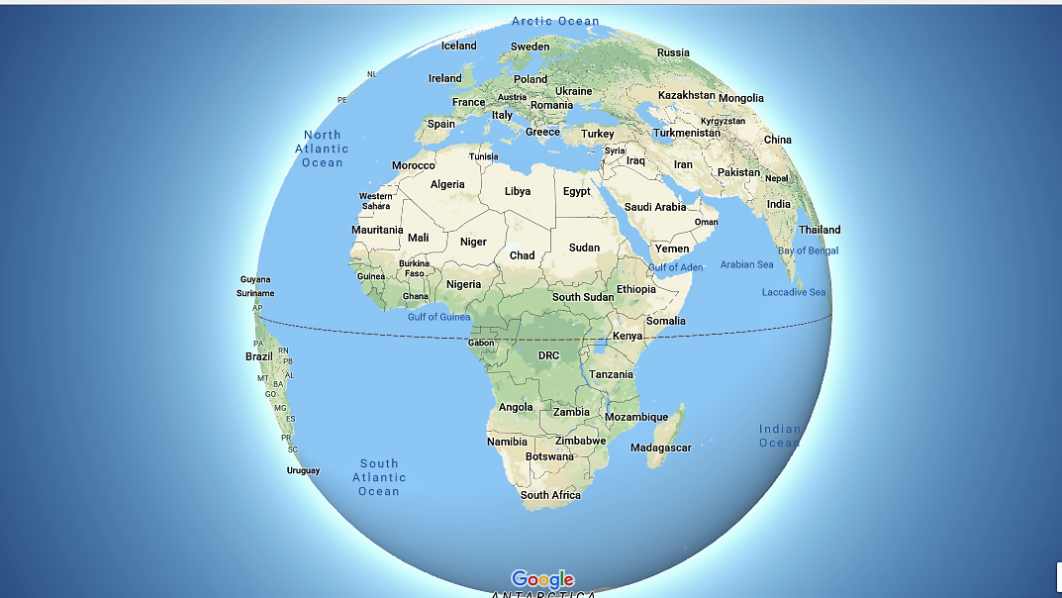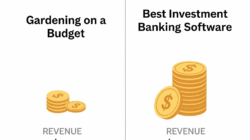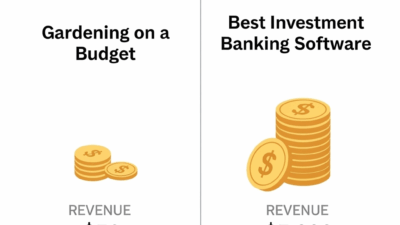In today’s digital age, maps have become an integral part of our lives. Whether you’re planning a road trip, finding the nearest restaurant, or tracking your morning jog, maps have you covered. Two giants in the world of online mapping have emerged – OpenStreetMap and Google Maps. But what sets them apart, and which one should you choose for your navigation needs? Let’s dive into the world of maps and explore the features, advantages, and drawbacks of these mapping platforms.
OpenStreetMap: The Crowd-Powered Atlas
What is OpenStreetMap?
OpenStreetMap, often abbreviated as OSM, is a collaborative mapping platform where users from around the world contribute to creating a free, open-source map of the entire globe. This platform, launched in 2004, relies on the power of the community to gather and share geographic information. Think of it as a Wikipedia for maps, where anyone can edit, update, and enhance the map data.

How Does OpenStreetMap Work?
OpenStreetMap employs a straightforward approach to map creation. Volunteers, known as “mappers,” use GPS devices, aerial imagery, and even local knowledge to add details like streets, buildings, parks, and more to the map. The data is then made available to the public, developers, and businesses for various purposes.
Advantages of OpenStreetMap
- Open Source: OSM is open source, which means the map data is freely available to anyone who wants to use it. This open nature fosters innovation and allows developers to create unique applications based on the map data.
- Global Community: With contributors from all corners of the world, OSM boasts a vast and diverse community. This global input results in highly detailed and up-to-date maps, even in remote or less-covered areas.
- Customization: OSM allows users to customize maps to suit their specific needs. Whether you’re a cyclist, hiker, or urban explorer, you can tailor the map to display the information most relevant to you.
- Privacy-Focused: OSM is committed to privacy. Unlike some other mapping platforms, it doesn’t track your location or store your personal data.
- Offline Maps: OSM offers offline mapping options, making it a valuable tool for travelers in areas with limited internet connectivity.
Overall, OpenStreetMap empowers individuals and organizations to contribute to and benefit from a rich and constantly evolving source of geographic information. It has become a valuable resource for many industries and projects that require accurate and detailed maps.
Google Maps: The Navigation Kingpin
What is Google Maps?
Google Maps, launched in 2005, is a household name in the world of online mapping. Developed by Google, this platform provides detailed maps, real-time traffic information, satellite imagery, and even indoor maps for businesses and large venues.

How Does Google Maps Work?
Google Maps relies on a combination of sources for its data, including licensed data, satellite imagery, and user contributions. While it doesn’t rely as heavily on community input as OpenStreetMap, it still allows users to report errors and provide feedback.
Advantages of Google Maps
- Comprehensive Coverage: Google Maps offers extensive coverage, including detailed maps of virtually every corner of the world. It excels in urban areas, providing precise navigation and information on points of interest.
- Real-Time Data: Google Maps is a go-to choice for real-time traffic updates, public transportation schedules, and even estimated arrival times for various modes of transport.
- Street View: The Street View feature allows users to virtually explore streets, neighborhoods, and even interior spaces. It’s a handy tool for getting a visual preview of your destination.
- Integration with Google Services: If you’re already using other Google services, such as Gmail or Google Calendar, Google Maps seamlessly integrates with them, making it easy to access your location-based information.
- Voice Navigation: Google Maps offers turn-by-turn voice navigation, which is incredibly convenient for drivers.
Google Maps is widely used for various purposes, including navigation, trip planning, business location discovery, and geographic data visualization. It has become an essential tool for many individuals and businesses around the world.
Which One to Choose?
The choice between OpenStreetMap and Google Maps depends on your specific needs and preferences. Here are some scenarios to help you decide:
- You value privacy: If privacy is a top concern for you, OpenStreetMap is the better option, as it doesn’t track your location or store personal data.
- You’re in a well-covered urban area: Google Maps excels in urban settings, offering real-time data, accurate navigation, and comprehensive information on points of interest.
- You prefer open-source and customization: OpenStreetMap’s open-source nature allows for customization and innovation, making it an excellent choice for developers and those with unique mapping needs.
- You need offline maps: OpenStreetMap’s offline mapping capabilities are a strong selling point for travelers heading to areas with limited connectivity.
- You want a user-friendly, all-in-one solution: Google Maps is user-friendly and integrates seamlessly with other Google services, providing a one-stop-shop for navigation and location-based information.

| Feature | OpenStreetMap (OSM) | Google Maps |
|---|---|---|
| Data Source | User-generated, open-source data | Proprietary data from Google |
| Data Accessibility | Free and open to all | Limited free access, paid API for extensive use |
| Editing and Contribution | Community-driven, anyone can edit | Limited to corrections and additions by Google |
| Map Customization | Highly customizable | Limited customization options |
| Offline Maps | Available, can download map data | Available, limited to certain regions |
| Geographic Coverage | Global coverage with varying detail | Global coverage with high detail |
| Navigation | Basic navigation features | Advanced navigation features |
| Street-Level Imagery | Limited, relies on user-contributed photos | Extensive Street View imagery |
| Public Transit Info | Available, data quality varies by location | Comprehensive public transit information |
| Business Information | Limited, relies on user-contributed data | Extensive business data with reviews and photos |
| Location Sharing | No built-in location sharing | Built-in location sharing feature |
| Development and APIs | OSM API available for developers | Google Maps API available for developers |
| Licensing | Open Data Commons Open Database License | Proprietary data and licensing |
| Cost | Free for most use cases | Limited free access, paid options for extensive use |
Please note that the availability and features of both OpenStreetMap and Google Maps may change over time, so it’s a good idea to check their respective websites or documentation for the most up-to-date information. The choice between OSM and Google Maps often depends on specific use cases and requirements, as each platform has its strengths and limitations.
The Future of Mapping
Both OpenStreetMap and Google Maps have their strengths and weaknesses, and the choice between them ultimately comes down to your individual requirements. Whether you prioritize privacy, customization, or real-time data, these mapping platforms continue to evolve to meet the needs of their users.
As technology advances and our world becomes increasingly interconnected, the future of mapping is promising. Innovations such as augmented reality navigation, improved 3D mapping, and enhanced data accuracy are on the horizon, ensuring that we’ll continue to rely on maps to explore and navigate our ever-changing world.
In the end, whether you opt for the crowd-powered OpenStreetMap or the navigation kingpin Google Maps, rest assured that you have a powerful tool at your fingertips to help you navigate and discover the world around you.







